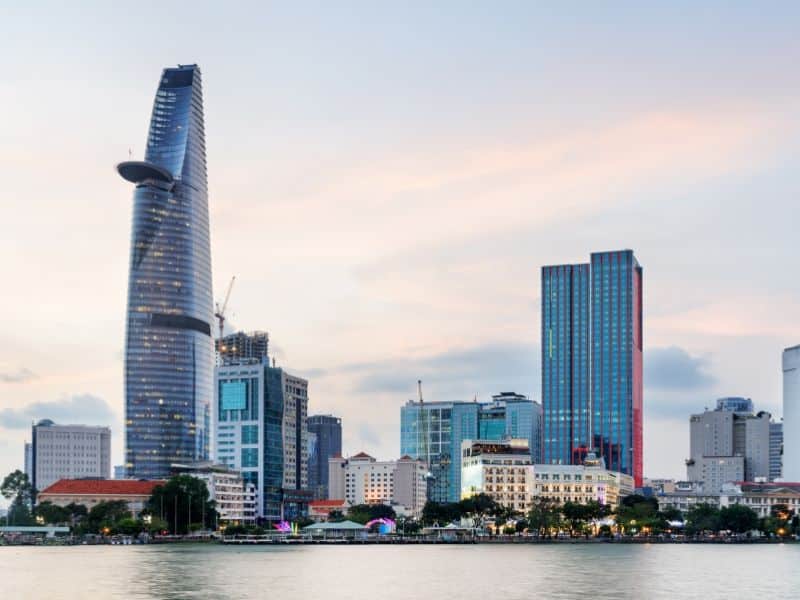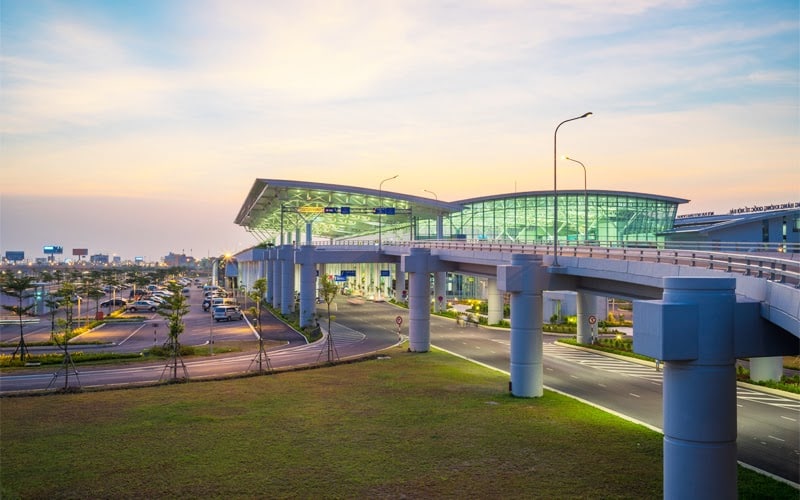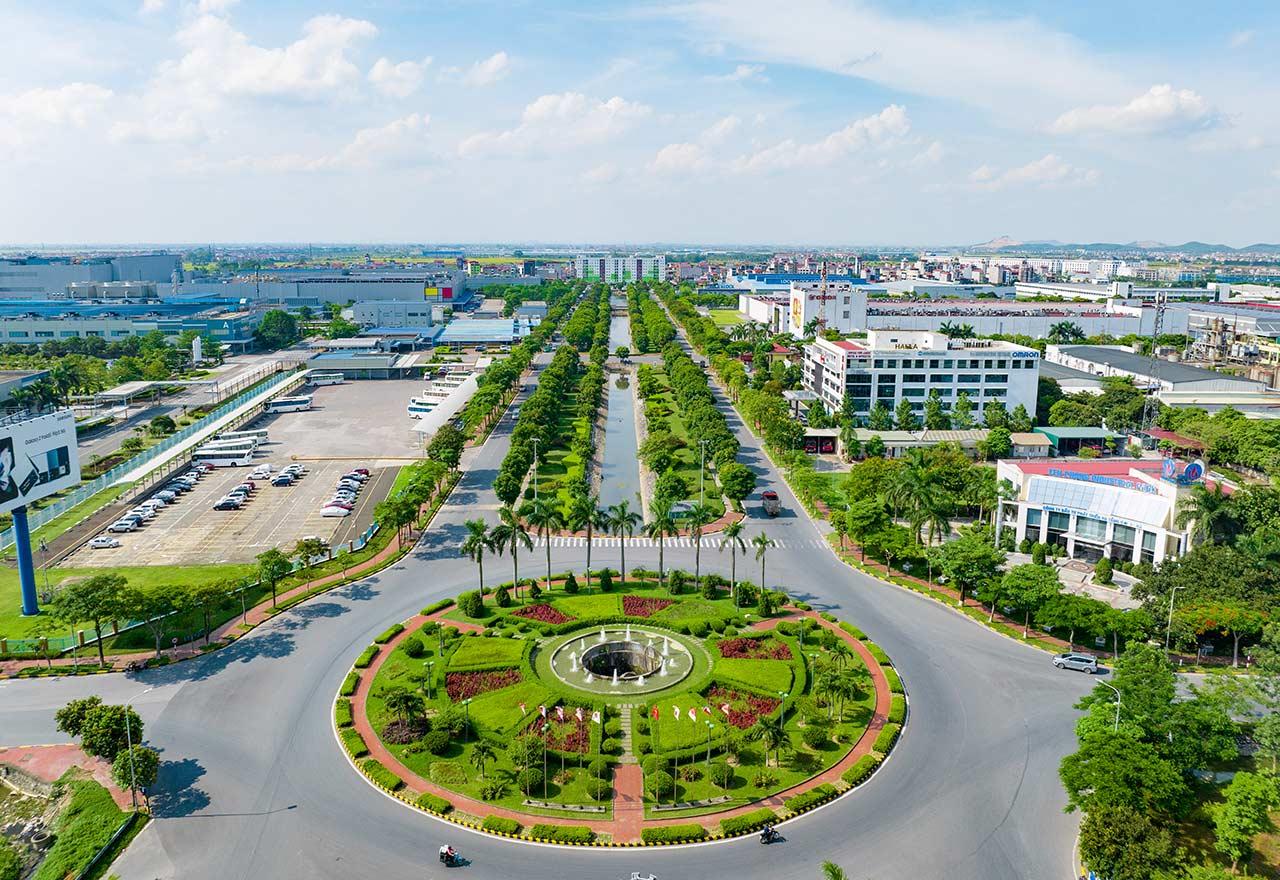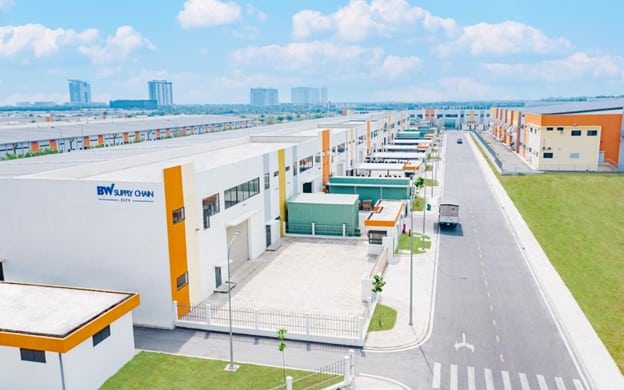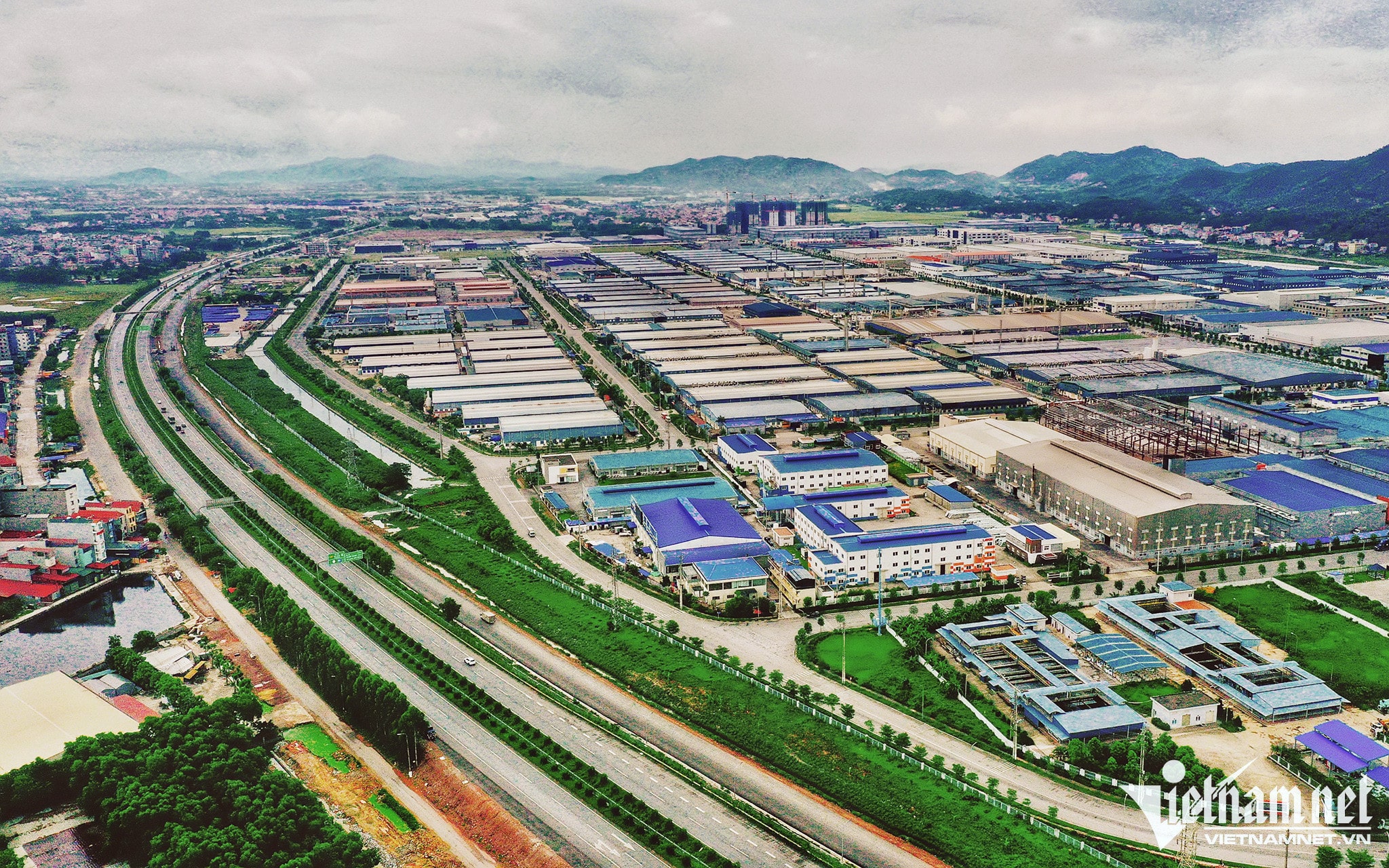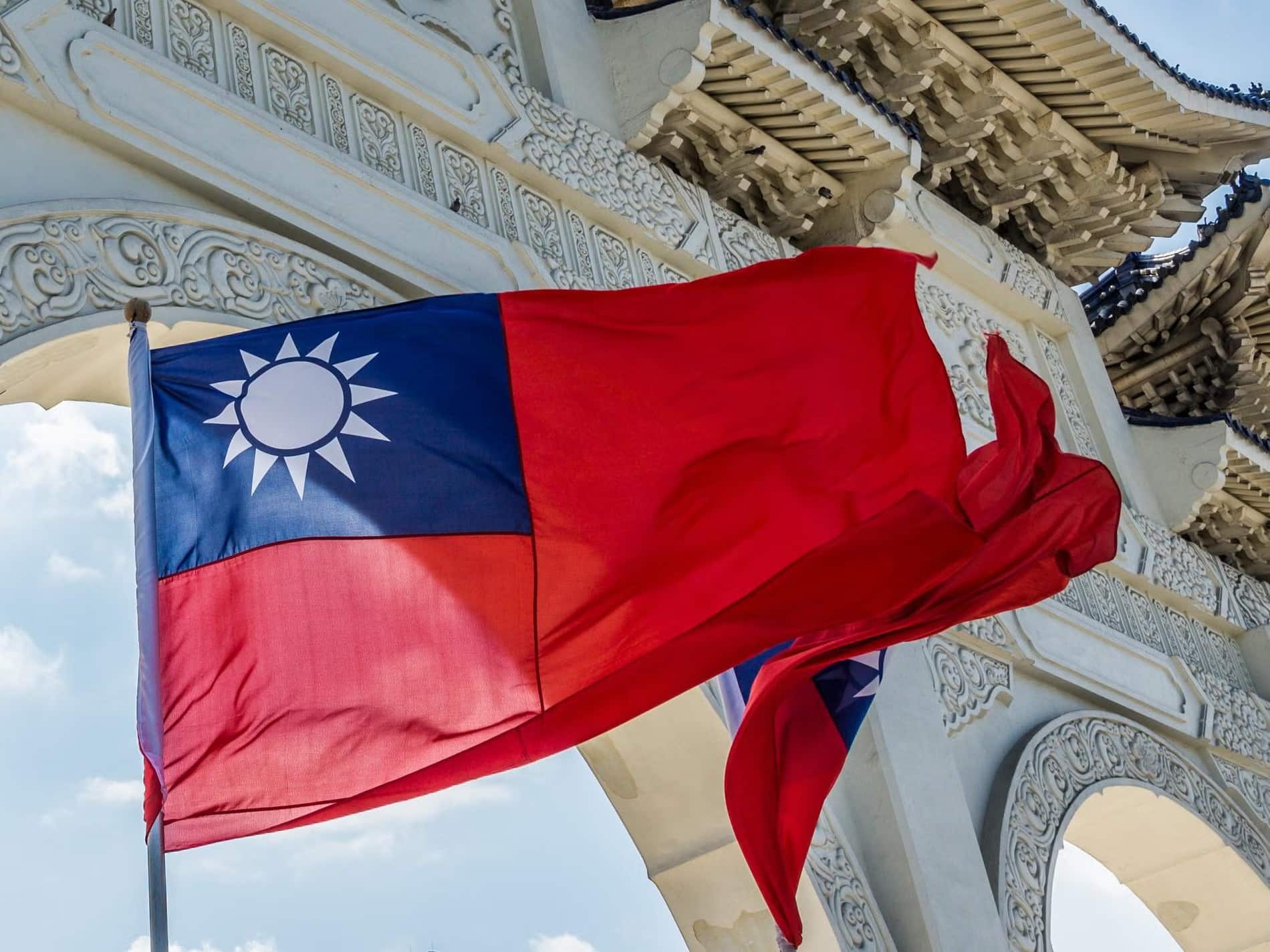Vietnam’s economic landscape is characterized by dynamic growth, fueled by a diverse range of industries that drive its development. As one of the fastest-growing economies in Southeast Asia, Vietnam offers a compelling opportunity for businesses and investors alike. Understanding what are the main industries in Vietnam that power the economy is essential for navigating its business environment effectively. This deep dive into Vietnam’s major sectors aims to provide a comprehensive overview, shedding light on the key drivers, challenges, and opportunities within each industry. By gaining insights into Vietnam’s main industries, stakeholders can make informed decisions and capitalize on the country’s economic potential for sustainable growth and success.
Vietnam Industry Overview
Vietnam’s industrial sector has been a key driver of economic growth and development in recent years. The country has undergone significant industrialization and modernization, transitioning from an agrarian-based economy to one that is increasingly driven by manufacturing and industrial activities.
Industrial Structure and Composition
- Manufacturing: Vietnam’s manufacturing sector is diverse and includes industries such as textiles and garments, electronics, machinery, footwear, and food processing. The country has become a major manufacturing hub, particularly for electronics and textiles, attracting significant foreign investment.
- Energy: Vietnam’s energy sector is also a significant component of its industrial landscape. The country relies heavily on coal for electricity generation, but there is growing interest and investment in renewable energy sources such as hydroelectric, solar, and wind power.
- Construction: Vietnam has experienced rapid urbanization and infrastructure development, driving growth in the construction industry. Major projects include transportation infrastructure, residential and commercial developments, and industrial parks.
Read more: 3 Key Trends Shaping Vietnam Industrial Investments 2024
Comparative Analysis
- Vietnam vs. Other Emerging Economies: Vietnam is often compared to other emerging economies in the region, such as Thailand, Indonesia, and Malaysia. While these countries share some similarities in terms of industrialization and economic development, Vietnam has distinct advantages such as a large and relatively young workforce, competitive labor costs, and a strategic geographic location that has made it an attractive destination for foreign investment.
- Regional Integration: Vietnam is also part of various regional economic agreements, including the Association of Southeast Asian Nations (ASEAN) and the Comprehensive and Progressive Agreement for Trans-Pacific Partnership (CPTPP). These agreements facilitate trade and investment flows with other countries in the region and beyond, contributing to Vietnam’s industrial growth.
Read more: Prospects for the Best Emerging Countries to Invest in 2024
Challenges and Opportunities
Despite its rapid industrialization, Vietnam faces challenges such as inadequate infrastructure, bureaucratic inefficiencies, and environmental concerns. Addressing these challenges will be crucial for sustaining industrial growth and attracting continued investment.
Opportunities abound in sectors such as high-tech manufacturing, renewable energy, and infrastructure development. Vietnam’s young and increasingly skilled workforce, along with its favorable business environment and strategic location, position it well for continued industrial expansion.
What Are The Main Industries in Vietnam?
Vietnam’s major industries encompass a diverse range of sectors, with some of the key ones including the garment/fashion industry, food industry, electronics manufacturing, and agriculture. Let’s delve into each of these sectors:
Garment/Fashion Industry – Main industry in Vietnam
Vietnam is one of the world’s largest exporters of textiles and garments, with the industry playing a significant role in the country’s economy and employment.
The sector benefits from Vietnam’s competitive labor costs, skilled workforce, and preferential trade agreements such as the EU-Vietnam Free Trade Agreement (EVFTA) and the Comprehensive and Progressive Agreement for Trans-Pacific Partnership (CPTPP).

However, challenges include increasing competition from neighboring countries, evolving consumer preferences, and pressures to adopt sustainable and ethical practices.
Food Industry – Major Industry in Vietnam
The food industry is another vital component of Vietnam’s economy, encompassing food processing, agriculture, and beverage production.
Vietnam is known for its diverse agricultural products, including rice, coffee, seafood, and tropical fruits, which contribute significantly to both domestic consumption and export revenue.

The sector faces challenges related to food safety and quality standards, technological modernization, and supply chain efficiency.
Read more: Potential Market of Food Producing Factory for Lease in Vietnam 2024
Electronics Manufacturing
Vietnam has emerged as a key destination for electronics manufacturing, attracting investment from multinational companies in sectors such as semiconductors, smartphones, and consumer electronics.
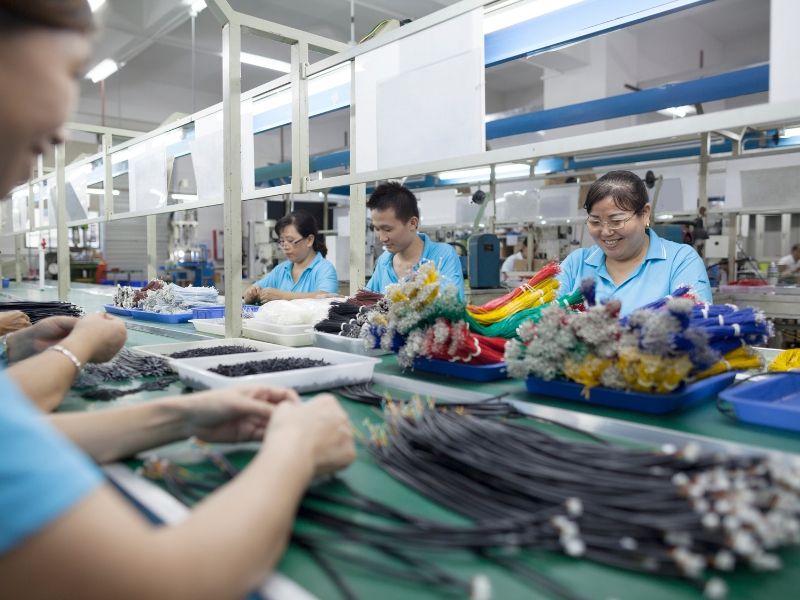
The country benefits from a young and increasingly skilled workforce, competitive costs, and a strategic location that facilitates supply chain integration.
Challenges include the need for continued investment in infrastructure and technological capabilities to support the industry’s growth and competitiveness.
Conclusion
Looking ahead, Vietnam’s major industries are poised for continued growth, driven by factors such as ongoing industrialization, urbanization, and integration into global value chains. However, challenges remain, including the need for technological innovation, infrastructure development, sustainable practices, and adaptation to evolving market dynamics. Addressing these challenges will be crucial for sustaining the competitiveness and resilience of Vietnam’s main industries in the long term.
As industries such as garment/fashion, food processing, electronics manufacturing, and agriculture continue to drive Vietnam’s economy, it’s crucial to stay updated on market trends, regulatory changes, technological advancements, and competitive landscapes.
To navigate the complexities and capitalize on the opportunities within Vietnam’s dynamic industrial sectors, take action now by partnering with Savills Industrial Vietnam for comprehensive insights and strategic guidance. Stay ahead of the curve and unlock the full potential of Vietnam’s thriving economy.



